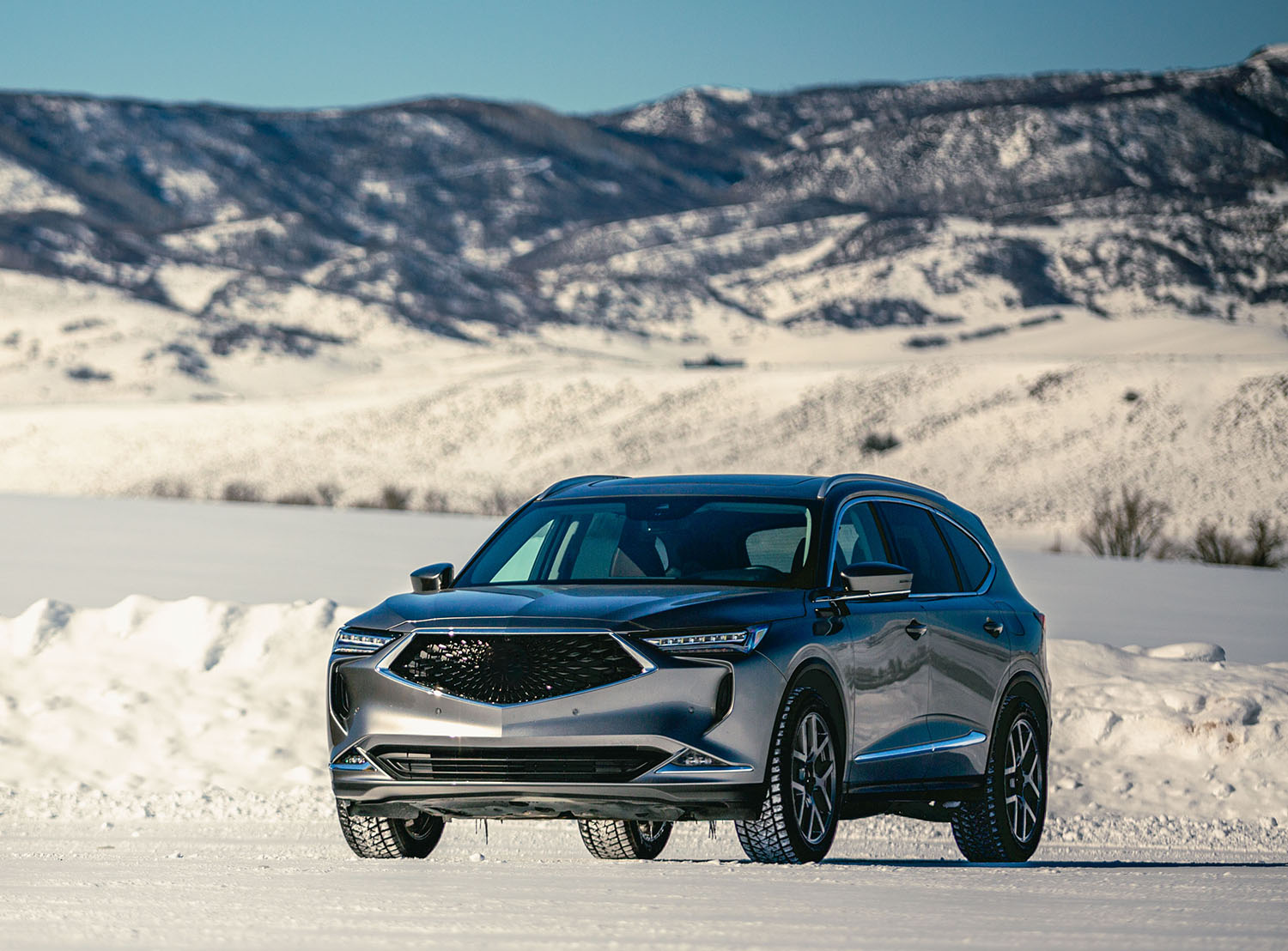What to Look for When Shopping for Winter Tires
How to find the right winter or snow tires for your location.
 Manuel Carrillo III | Capital One
Manuel Carrillo III | Capital One
Article QuickTakes:
Safe driving practices are especially important during the winter — 17% of all crashes in the U.S. happen in winter conditions. Sleet, snow, and ice can challenge even the most dedicated and experienced drivers. And while technological advancements like traction control and anti-lock brakes are made to keep drivers from over-braking or oversteering, they won't buy you any more grip in winter precipitation.
Safe-driving principles and proper vehicle maintenance are critical going into the season, but you may need a set of winter or snow tires to maximize traction when things get nasty outside. Let's look at some of the factors to consider when shopping for winter or snow tires.
 Manuel Carrillo III | Capital One
Manuel Carrillo III | Capital One
What Makes a Winter or Snow Tire?
Summer tires may be designed to handle some rain, but they're more for grip and performance, while all-season tires are designed with mileage and durability in mind. Some all-season tires claim to be good in winter weather, but unless your area experiences mild winters, all-seasons are not going to be ideal for the task. Areas where sleet, snow, and ice are expected call for purpose-made winter or snow tires.
Winter and snow tires are made with specific compounds that remain pliable at colder temperatures where some summer tires can crack or break. Unique tread patterns enhance winter traction by gripping the snow while still being able to push water away, preventing hydroplaning.
 Manuel Carrillo III | Capital One
Manuel Carrillo III | Capital One
How Do I Choose the Right Winter or Snow Tire?
There are enough winter tires on the market that choosing the right set can feel overwhelming. Save yourself a bit of headache and get familiar with some basic categories, like snow versus winter tires. This one's simple — the terms are interchangeable.
Some winter tires are studded and come either embedded with metal studs or are prefabricated to have them fitted. Stud-equipped tires provide ultimate grip and traction, but are extremely damaging to roads — in fact,
Most winter/snow tires are studless; the vast majority of the time, these are what you will end up with. Beyond considering your area's winter climate, there are winter and snow tires that are better for highway speeds and higher-mileage use, or ones meant to tackle deeper snow and ice.
In any event, keep in mind that you might be shopping for narrower tires than you may be used to: Wider contact patches may be great for warmer months, but narrower snow tires are better for keeping traction in poor conditions.
 Manuel Carrillo III | Capital One
Manuel Carrillo III | Capital One
How Much Should I Expect to Pay for Winter Tires?
A set of winter tires — and you'll need a set of four, not just two for the front or rear — can get pricey quickly, especially if you also need wheels to match. For SUVs like the Ford Escape or Toyota 4Runner, for example, a set from Bridgestone, Michelin, or Goodyear can run from just under $200 to around $250 per tire. Online shopping sites from bigger, more reputable retailers can be a big help in narrowing down selection by vehicle and keeping you from overpaying.



